11 Most Common Reverb Mistakes
Introduction
So what’s a reverb? OK, reverberation is all around us all the time. It’s the pure result of sound waves interacting with each surface; hard, soft, tall, short, and every little thing in between. Each sound we hear is informed by the space it’s heard in.
Our ears are used to it. Without that sense of space sounds usually seem unnatural, thin, or hollow. Nevertheless, when recording in a studio environment, you utilize particular techniques and tools to reduce a lot of the external acoustics as potential to capture the purest sound.
But those who work with reverb, tend to make mistakes as well. Here in this article, we are going to narrow that down to the 11 most common reverb mistakes and point them out for you, in order to avoid them next time when you are mixing
1. Decay Is Too Long
Basically, all reverb units and plugins may have some type of control for decay time, which means the length of the reverb’s tail. Reverb works greatest when the decay is timed to the song. We often find it useful to search for millisecond lengths for different note values (eighth, quarter, half, or whole) within the tempo of the song to help determine decay time.
If you’re not a lot of a “numbers person,” it’s additionally pretty simple to time reverbs intuitively. For reverb on a vocal or a melodic instrument, the decay should feel like it finishes before the start of the following phrase. If there’s a natural pause within the part, the reverb should feel like it decays right down to nothing in that space. For longer reverb on more rhythmic elements like a snare drum, the identical basic principle applies.
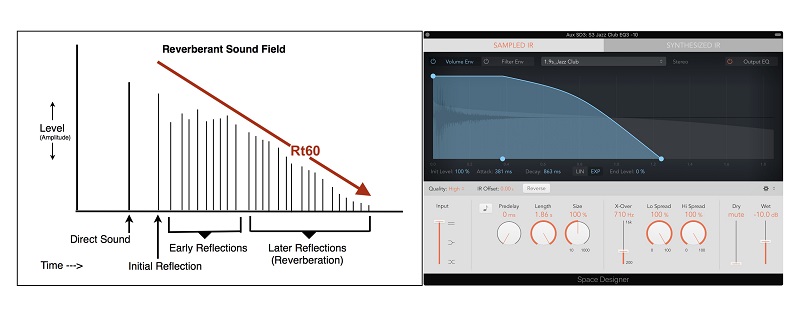
2. Killing The Lead
The more reverb is added to the dry signal, the further away that instrument or voice will seem. This is exact whether you’re utilizing a reverb in-line or mixing it in through Send & Return routing. If reverb and dry signal are equal on level, that track might seem to be coming from the back of the (virtual) room, even when it’s cranked up loud within the mix.
This can be a common beginner error, add reverb to bring out the lead vocal, but, then it begins to recede to the background, so the track’s level is increased, making for a very loud, overly-wet vocal part. Creative and appropriate use of reverb and ambiance can actually make a mix of the best sounds utilized in just the proper balance, any mix can achieve that open, airy sense of “presence” that may really help draw the listener in.
Choosing an extra open, echoey reverb sound also can help with this. A sparse echoey high quality which might sound bad on percussive instruments may help keep vocal parts sounding open and airy.
3. Adding Reverb on Every Track
It is a rookie move that many people outgrow quickly. Nonetheless, it bears repeating right here: if you’re going to be processing each track in a group (say the drums, for example) don’t slap a reverb plugin on every track.
As an alternative, send every track to a bus and put the reverb there. It usually seems as if the producers of DAWs need us to fall into this trap, as they frequently put reverb on their track presets which even seasoned pros may call upon when perusing soft-synth choices on the quick.
For those who work in this way, all the time check to see if there’s a reverb on that preset. Also, see if the sound can work without reverb, or, conversely, if the sound may be bussed to a reverb you’ve already arranged.
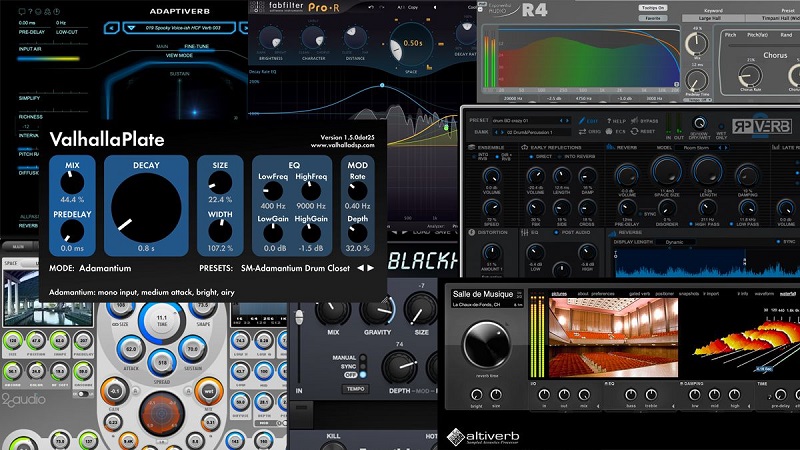
4. Using Many Kinds of Reverb in One Mix
Once you’re utilizing multiple reverbs of various densities and times, you’re pulling listeners into multiple spaces at the same time; the brain can usually really feel such chicanery. You are also destroying any chance at depth by slathering on heaps of refracting, reflecting mud.
This isn’t to say you must never use totally different reverbs in a single track; variety, after all, is the spice of life. Certainly, it may be quite self-defeating: as the reverbs bounce around one another, they do so in ways that don’t make sonic or contextual sense, and thus, give away the fake.
On a ballad, there’s nothing wrong with putting the OHs in a room, the snare in a hall, and the singer in a larger-sized room. It’s when every single guitar gets its personal individuated space with no sense of a congruent image, that the fakes begin to spring up.
5. Not Enough Reverb
Almost every sound we hear in our lives comes with a pure ambiance. Pure reflections couch the sound we’re hearing in reverb. Reverb is so common to our subconscious understanding of the world around us, that after we hear sounds without reverb, we immediately notice them.
Hopefully, by now these articles are getting you to think about every aspect of music and sound as a part opportunity, part problem. Ergo, you’ll be thinking ‘possibly standing out and being noticeable is a good thing! And also you’d be right. There are times when utilizing no reverb at all on a sound helps lift it within the mix without obfuscating other parts of the track.
However, more times than not, a total absence of reverb is in reality, more of an issue. People usually just can’t accept warm-to-cold and sterile sounds.
6. Using Reverb Instead of Delay
As we already mentioned in other articles and on our Instagram tips, reverb is actually delay/echo with a shorter reflection time. So it stands to reason that utilizing an excellent short delay/echo might emulate a reverb, right?
Not fairly, and this can be a common reverb mistake. The effect may be comparable, but delays don’t build up the identical degree of harmonic density as reverb. Keep in mind we talked about low frequencies traveling slower through a reverb unit than highs. Delays, in contrast, typically reflect carbon copies of the source audio.
No difference in tonal reflection means a cleaner tone, which may be much less characterful, but much less cluttering, too. For applications like softening up a lead vocal, or adding a sense of space to an instrument, sometimes delay is one of the best tools for the job.
Decay times tend to be a lot easier to rein in with delay, and delay does not often add the type of advanced harmonic clutter that reverb generally does.
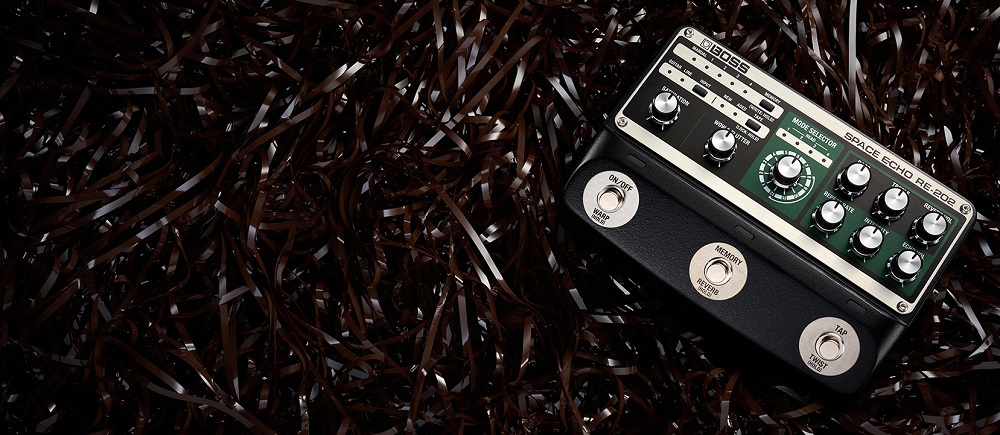
7. Inappropriate Reverb Placement
Reverb is a strong effect that has an appropriate place to be used. However, some tracks simply don’t want additional reverb. Most of the time, and on most instruments in a mix, any reverb ought to really feel pure and balanced. In lots of cases, there’ll already be enough pure ambiance on lots of your recorded tracks to do exactly that.
So don’t just go including reverb to components because you think you’re “supposed” to. Make a point to listen to the sonic response of various rooms and spaces. Second, try recording and playing instruments in a wide range of rooms. Get to know the way frequencies react to their respective environments. Third, listen to hit records, especially older ones where the production has stood the check of time.
8. Shaping Reverb Tone
Usually, we get to the end of the static mix and notice the instruments’ levels sound good, however, the overall tone is off. Possibly the drums aren’t bright enough, or the guitars have to sound moodier.
EQing the instrument itself may be helpful, but plenty of time spent shaping the reverb could be just as effective. By changing the tone of the reverb, you possibly can change the tone of your entire mix. When shaping the reverb’s tone, you might discover that the tone of each instrument sends to the reverb changes too.
Add a reverb bus to some instruments certainly one of your mixes. Grab the high-shelf filter and see how the song changes once you turn it up or down. By turning up the reverb’s high, you’ll discover that the instruments sound brighter. Turn it down and everything ought to sound so much darker and moodier. Check our article on how to EQ your reverb.
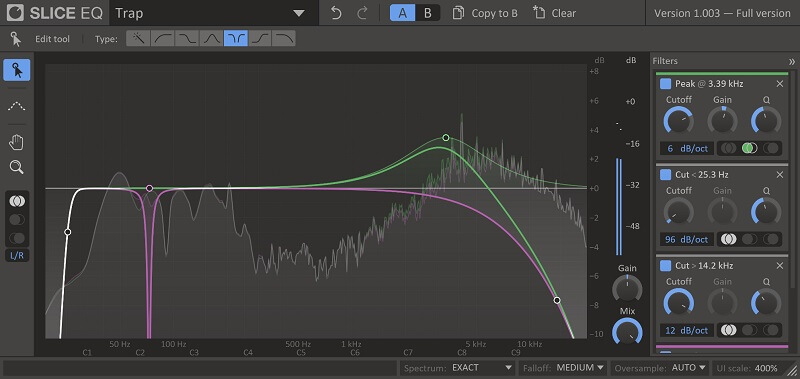
9. Reverb and Imaging Issues
Whenever you’re mixing, the primary goal is to achieve the right balance within our ‘stereo image’ throughout each mono and stereo playback. For every little thing to translate correctly, you need to use a combination of each mono and stereo signal. This way, you’ll technically produce a stereo mix, that’s in a position to be played back on mono devices as well.
A vectorscope also can help to give you a visual cue of your general image. It may be simply found in almost every Stereo Imager available. If you place any low-frequency elements in the ‘stereo’ field, your low finish will end up being extremely messy and blurry. So, be sure all of your bass elements are in and keep in mono.
Also, keep away from either making a stereo-source wider or a mono-signal stereo. This is something that reverb tends to do. If you did this, you would definitely run into all kinds of imaging and phase issues. As an alternative, you need to be making stereo sources extra narrow, as it gives you a lot cleaner mix. If you do, however, really feel absolutely the need to make an individual signal wider, make sure to make use of a Multiband Imager.
10. Resting Your Ears
We can not even start to explain in words, just how important giving your ears a break actually is. At the very least, it’ll end up causing you to provide an unbalanced mix. Why? Well, because once your ears are exposed to a full range of frequencies for lengthy durations they begin to lose their natural sensitivity. With rested ears, you will be able to listen to the reverb even more precisely.
This causes them to turn desensitized to the mid-high frequency ranges, which is why you’ve most likely experienced false perceptions. In other words, what you initially thought was a flawless last product, can prove to sound strikingly completely different in the morning or later on that night, once your ears have ‘readjusted’.
Once you give your ears a chance to return right down to the line, it’s then much easier to detect issues or errors, aside from the many other advantages giving your ears a rest has, of course. The bottom line, your ears are going to lie to you when they’re uncovered to persistent sound, regardless of how long you’ve been doing music or how trained they’re.
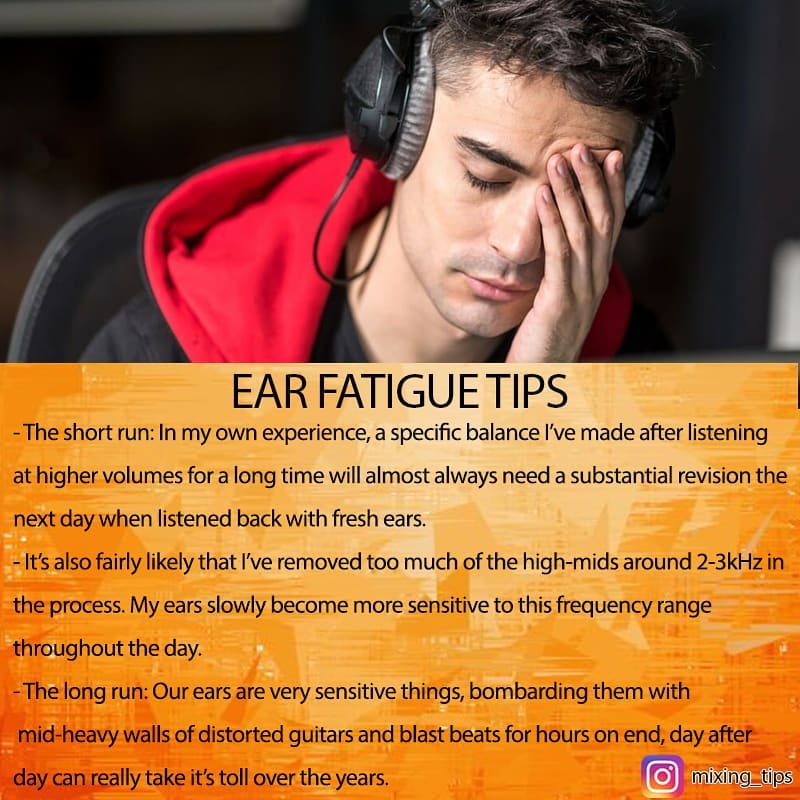
11. Not Listening Before Mixing
One of the most essential and unfortunately frequently missed things isn’t listening to your track before mixing. And that is step one to do before you begin the mixing process. In case you don’t know what your song sounds like, you can’t do it properly.
Once you listen to the entire track, you know how it sounds, where it has issues, what frequencies are bad, etc. You get the idea of tips on how to approach the mixing. Because each song wants a unique approach. Throughout the listening, you could find completely different kinds of issues such as bad recording, wrong notes, bad timing, and more.
The same goes for the reverb. You need to analyze and find the exact spots where you want to add reverb and not just slap it just because. This is likely one of the commonest mixing mistakes that almost every beginner and even intermediate engineer make. So, all the time listen to your song before doing anything else. It’ll make your job easier.
Conclusion
Reverb provides space and depth to your mix, but it surely also gives the listener necessary clues about where the sound is taking place and where the listener is regarding the sound. Reverb allows you to transport a listener to a live performance hall, a cave, a cathedral, or an intimate performance space.
It also permits the pure (or added) harmonics of a sound source to shine and gives your mix extra warmth and space. Reverb is, without doubt, one of the most versatile effects in mixing because of its applicability as a utility and creative tool. It provides that intangible sense of depth, fatness, and intrigue that immerses listeners and glues your mixes collectively.
If you are having any questions or suggestions about our topic here, please let us know in the comment section below and we will be more than happy to elaborate!







